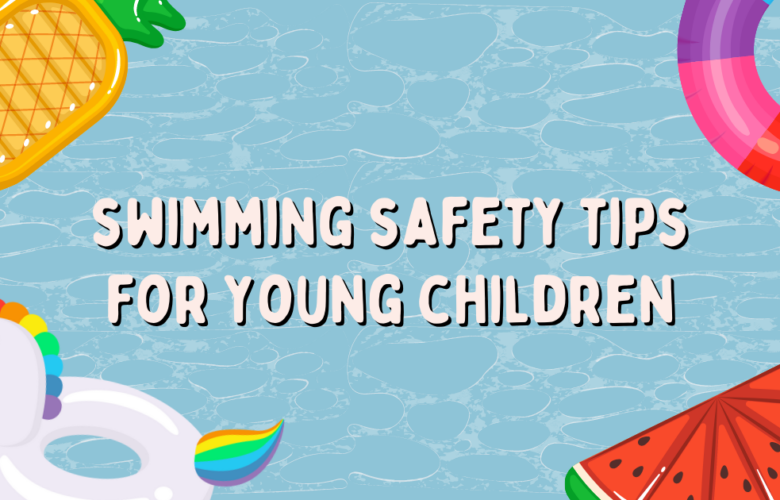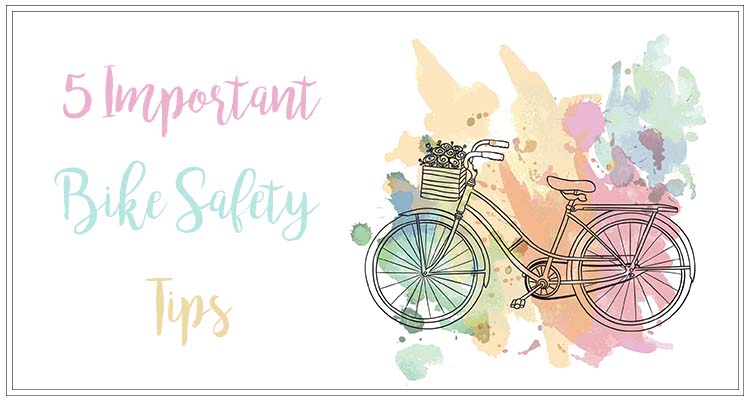Winter is a magical time for preschoolers as they witness the world transforming into a snowy wonderland. While the season brings joy and excitement, it also comes with its own set of challenges and safety concerns. Amidst the hustle and bustle of the holiday season, it’s easy to forget some of these important winter safety concerns. This blog provides essential winter safety tips to help you navigate the frosty season with ease and keep your little ones safe and sound.
Dress in Layers
Winter means dropping temperatures and snow, so it’s time to dress warm! One of the keys to keeping your preschooler warm is dressing in layers. If your little one is getting ready for playing in the snow or a brisk day at the park, start with a moisture-wicking layer, followed by a layer of warm clothes, and a wind and waterproof layer on top. And don’t forget about extremities! Bundle your toddler up with a hat, gloves, and insulated shoes to keep warm!
Sunscreen Matters
It’s easy to forget that sunscreen is needed all year round. If your child is planning to spend the day outside it’s important to remember to apply sunscreen. Playing in snow or participating in snowy activities like tubing or snowboarding are the most important times to remember sunscreen in the winter. Beautiful white snow provides the perfect reflective surface for sunlight to shine back onto your little one’s face, so don’t skip the sunscreen this winter!
Stay Hydrated
Did you know that dehydration risks aren’t only for the summertime? Cold weather can be deceptively dehydrating. Monitor your preschooler and make sure they’re still drinking plenty of fluids. With the lack of heat as a motivator, their bodies might not remind them they’re thirsty as frequently. Try warmer beverages like hot chocolate or cider to help them stay hydrated in cold weather!
Watch for Ice
Slips and falls are common during winter, especially on icy surfaces. Teach your preschooler to take small steps and walk carefully. Avoid areas with visible ice patches whenever possible and invest in slip-resistant boots or removable traction devices for shoes you already have.
Be Mindful of Indoor Heating
As temperatures drop, we often rely on indoor heating to stay warm. Be cautious with space heaters and radiators, ensuring they are out of reach and properly supervised. Additionally, use flameless candles on low surfaces to create a cozy atmosphere without the risk of burns.
Practice Proper Handwashing
It’s no secret that winter is peak cold and flu season, so it’s important to reinforce good hygiene habits. Teach your preschooler about the importance of handwashing and good handwashing habits. Come up with a song or small game that can help your child stay at the sink washing their hands for a full 20 seconds, with warm water and soap!
Create a Winter Emergency Kit
It’s important to always be prepared, so create a winter emergency kit this year. Include essentials such as blankets, snacks, a flashlight, water bottles, and any necessary medications. Keep this kit in your car or easily accessible near your front door. Now you’re better prepared to stay warm during a power outage or car breakdown.
Embrace Outdoor Play Safely
While it’s essential to protect against the cold, outdoor play is crucial for your child’s physical and mental development. Set time aside for fun in the snow or playtime at the park, but ensure they take breaks to warm up and stay dry.
Monitor Frostbite Warning Signs
Even if you don’t have plans to spend a lot of time outdoors this winter, it’s still important to know the signs of frostbite in the event of an emergency. Symptoms of frostbite can include numbness, tingling, pale, cold or hard skin, burning, aching, or blisters within the first 24 hours. If you suspect you or your child are suffering from frostbite, seek emergency care immediately.




